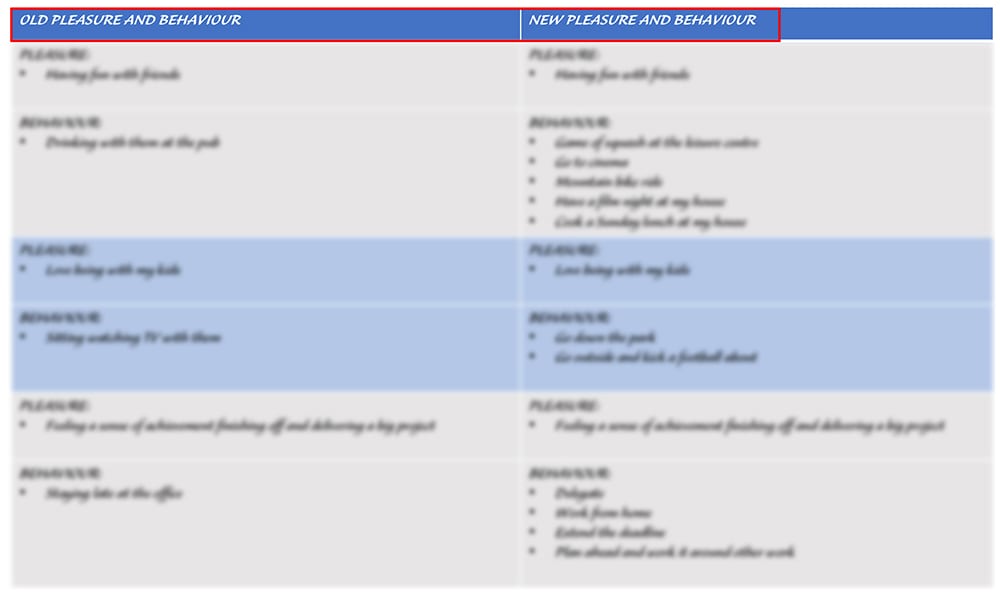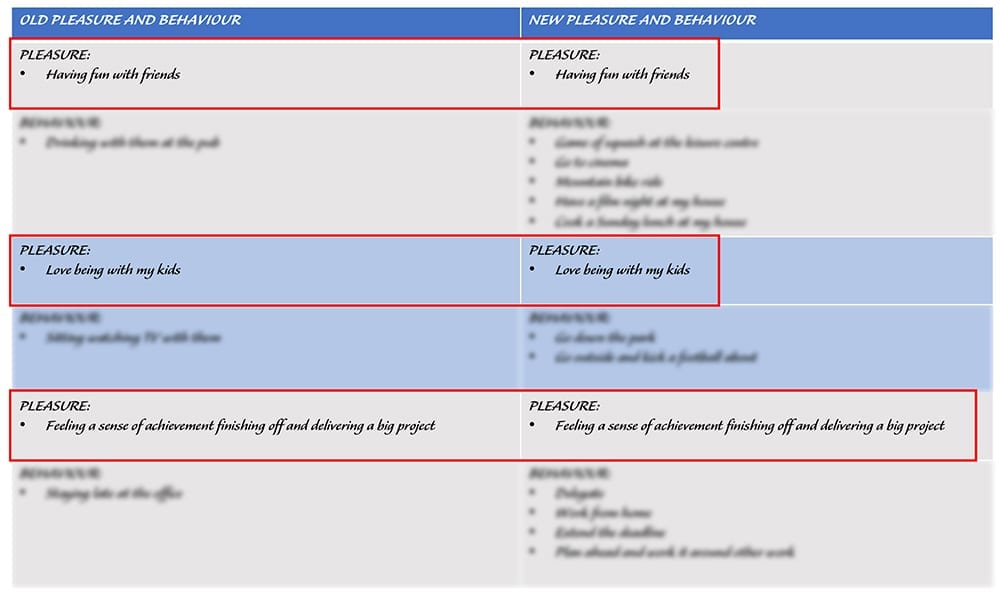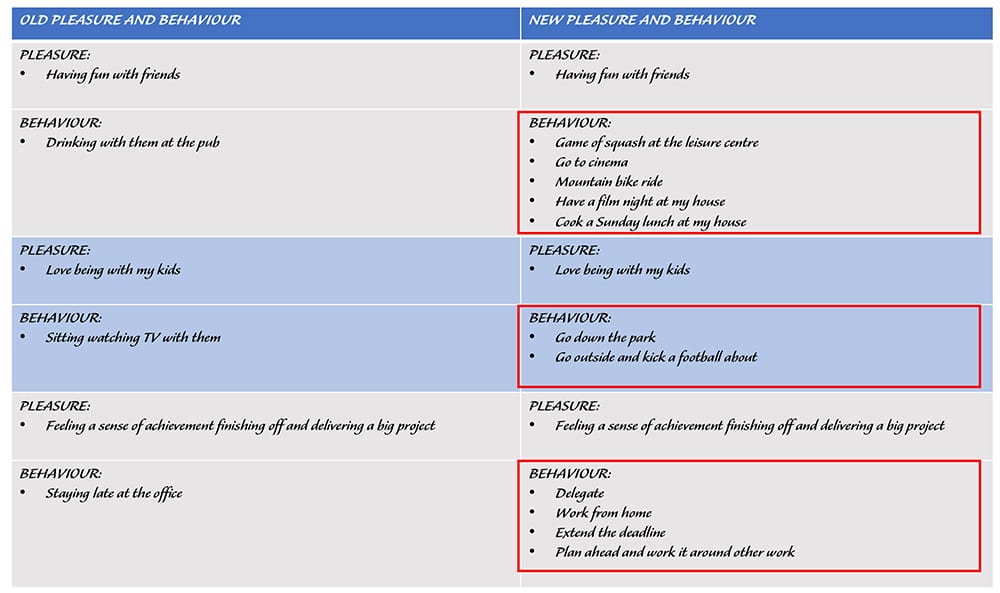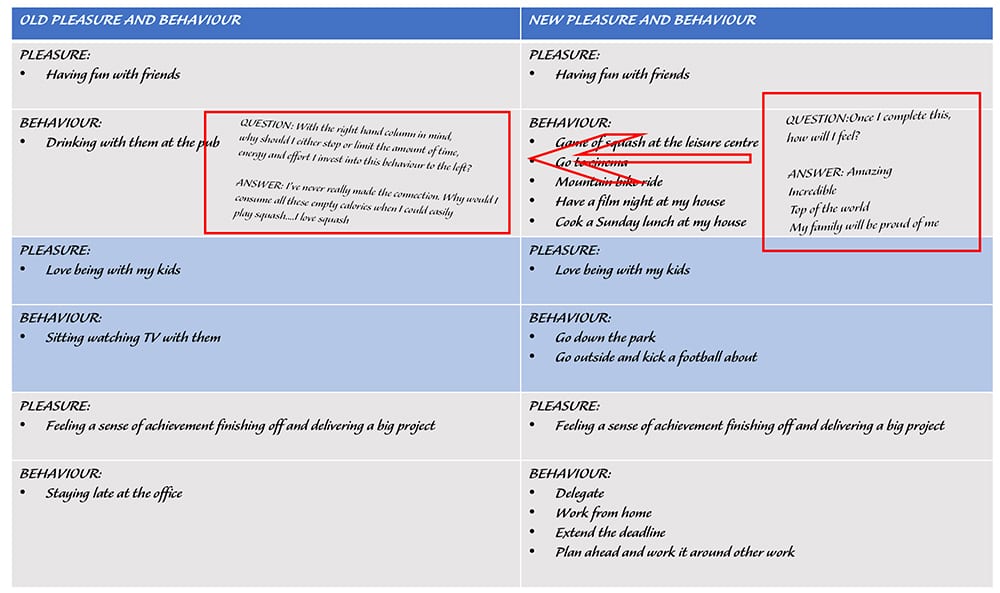-
 6th May 2020Temptation. What a subject to discuss. How do you manage...
6th May 2020Temptation. What a subject to discuss. How do you manage... -
 28th December 2019Christmas and New Year celebrations can be a really tricky...
28th December 2019Christmas and New Year celebrations can be a really tricky... -
 20th November 2019Diets do not work, yet they don’t! Let’s get gutsy...
20th November 2019Diets do not work, yet they don’t! Let’s get gutsy... -
 15th November 2019Positive thinking? Is it the be-all-end-all that it’s made out...
15th November 2019Positive thinking? Is it the be-all-end-all that it’s made out... -
 23rd August 2019Ever had a feeling like you have a metaphorical tornado...
23rd August 2019Ever had a feeling like you have a metaphorical tornado... -
 10th July 2019We are blessed with the busiest Summer so far at...
10th July 2019We are blessed with the busiest Summer so far at... -
 1st February 2019We all know that the news is awash with headlines,...
1st February 2019We all know that the news is awash with headlines,... -
 11th January 2019A lot of us, (myself included when I was 5...
11th January 2019A lot of us, (myself included when I was 5... -
 2nd January 2019Because we’re all so busy in our daily lives how...
2nd January 2019Because we’re all so busy in our daily lives how... -
 2nd January 2019It’s early new year 2019 and the wonderful BBC News...
2nd January 2019It’s early new year 2019 and the wonderful BBC News... -
 26th November 2018If you have already been through the course, you may...
26th November 2018If you have already been through the course, you may... -
 26th November 2018Do you ever find yourself getting fed up of starting...
26th November 2018Do you ever find yourself getting fed up of starting...
Weight Loss Ninja
A Weight Loss Blog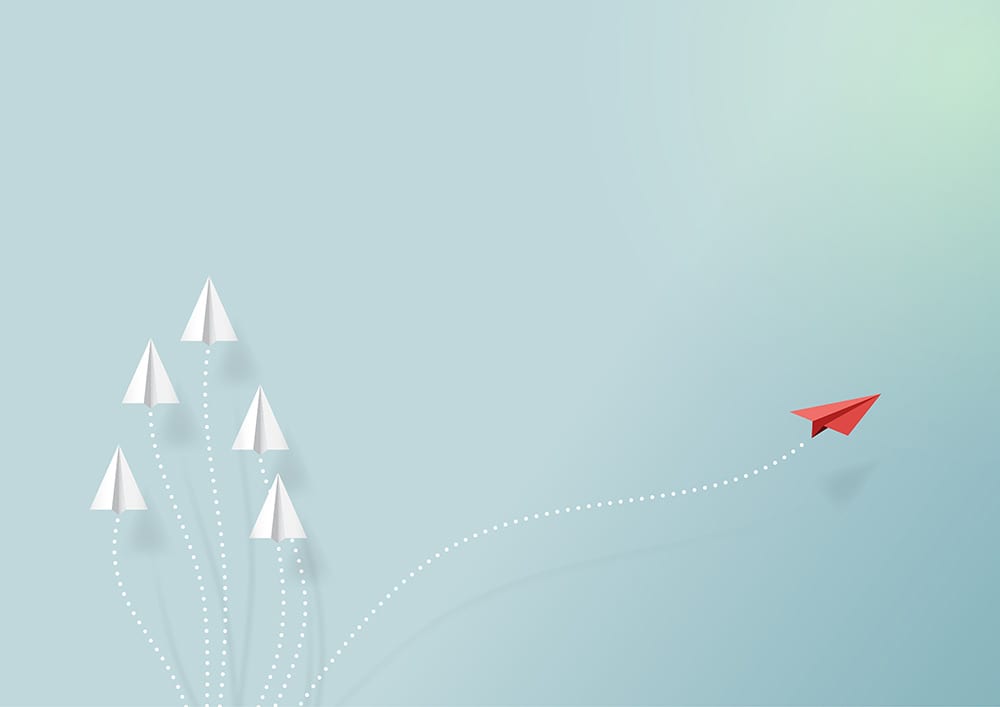
An easy way to view the habit change process
|
|
Home » Published: 28th November 2018 This Article was Written by: Nik - Weight Loss Ninja |
If only there was an on/off switch to turn off our bad habits in order to make it easier to learn new ones. Do you know what we mean? You are trying to develop a new habit and you keep getting drawn back to your old ones. It can seem hard. We understand that.
Not to worry. In this blog, we will try and take as much of the complexity out of the habit-formation process, and demystify it in such a way as to make it really easy to understand.
As you may know by now, at the heart of the coaching process is the concept of raising awareness. Having your awareness raised about something can help you to focus your attention on what to do in order to make changes to your life, as well as arming you with new knowledge about how to go about making those changes happen.
With this in mind let’s raise awareness of what happens with habits, and look at 4 steps that occur when you find yourself doing something impulsively and habitually.
The 4 steps of a habit:
Let’s look at the 4-step process involved when a habit causes you to behave in an impulsive and default way:
- Your ‘trigger’ fires. Something happens that triggers the start of a response in you.
- There is an emotional response to the trigger.
- There is an action or a behaviour that happens as a result.
- When the action / behaviour is completed you end up with pleasure.
Let’s Start At The End Of The Process. Let’s Start With Pleasure
We are going to reverse-engineer this process by starting at the end and working backwards. Let’s start with pleasure.

More Weight Loss Ninja Blogs...
For example, let’s create some common scenarios, some of which you may yourself have even experienced:
- As a parent: we could get home early to play games with our kids. That is rewarding. It gives us pleasure.
- As a friend: we could help a friend out and they buy us a small gift in return to say thank you. Again, that feels nice. That is pleasure.
- As a worker: we could finish a big project at work. That offers a sense of achievement. That’s pleasure.
- As a leader: one of your team gets a promotion. You feel good inside because you know that you have helped them to grow as a person due to your
- support in the past. This has in part, been recognised with this promotion which makes you feel good. Pleasure again.
- As a person who has lost weight: All that work that you have invested in yourself has paid off. Thanks to the new behaviours that you have implemented; the new routines; the different ways in which you have responded to temptation, have all paid off. You are now slim, that is one heck of a pleasurable feeling.
Why do habits form in the first place?
We deliberately started at the end of the process. We started with pleasure. Why?
Habits form when we do something, and that something leads us towards pleasure.
When we feel pleasure we are far more likely to do that something again. That is exactly what we do, we do that something again. Yet again, it feels nice. We try it again and again and again. Through repetition and physical changes in our brain the habit starts to form.
An amazing new piece of information
I do not know about you, but I find this one piece of information potentially ‘game-changing’.
If you approach any change in life by thinking to yourself “How can I try out a new behaviour that will give me better results in life, but that will still give me the pleasure I yearn after (albeit in a different format)? If I am able to experience that pleasure, then how much more likely am I to stick to repeating this new behaviour and replace the old one?”
If you want better results in life, and most of us do, I cannot think of a scenario where this statement would not ring true. It really does make it sound like you can metaphorically have your cake and eat it at the same time.
An amazing new piece of information, worth billions
This process is actually so powerful that in the world of corporate change, billions of pounds; dollars; euros, etc. of additional profit can be made if the change process is approached correctly. You do this by making workforces realise that the benefits (i.e. pleasure) associated with the new way of doing things, make the existing ways seem far less appealing. Essentially you lead an entire workforce towards pleasure by making the status quo look far less attractive.
However, for the many successful corporate change programmes there are just as many that fail. Those programmes often fail because they do not embrace this fundamental human characteristic. People go towards pleasure and away from pain. That is how we change behaviour in the long run.
Let us look at how to change habits
Step 1 of 4: Focus on what the reward will be
Step one in the process of creating a new habit is to work out what you want, why you want it and how much pleasure that will give you. You can even rank that pleasure on a scale of 1 to 10. This will help you to make it crystal clear as to how much pleasure you will actually get in the end.
This is where it is essential to really put the time and effort into knowing yourself as best as you can. This is classic goal setting, and as you may have already guessed by now, at the heart of great goal setting is working out just how much pleasure reaching that goal will give you. This is where things like visualising your goal can help. Working out what you want, (and why you want it), is equally just as essential. Understanding how reaching that goal helps you in your life-purpose. You will discover how it fuels your beliefs, your values and even what defines you. These are all essential to better understanding what that pleasure will mean to you once you get it.
The better connected you are with that sense of pleasure, and what it means to you, the more you will find yourself being pulled towards it. Automatically.
Step 2 of 4: What action or behaviour leads to that sense of pleasure?
We do not just get pleasure, it does not happen by accident. We need to have done something to create the results in the first place. So what action(s) do we need to take that lead us towards pleasure?
That is the key word here. Action. We do something and then we get pleasure.
It therefore stands to reason that if we could do something else, i.e. something to replace our bad habit, but something that serves us instead of hindering us, then we could still feel pleasure whilst getting better results from a new way of doing that thing.
This is where the process gets really interesting. This is where we can actually map out our old habits that do not serve us well. We can replace them with new behaviours that still feel pleasurable, and lead ourselves towards a better life with better results. This is where we can now get creative.
A quick and easy way to bring this to life:
Here is a great and really simple exercise you can do on a piece of paper:
- Take a blank sheet of paper
- On it draw a table with two columns
- Label the top of the left column ‘Old Pleasure and Old Behaviour’
- Label the top of the right column ‘New Pleasure and New Behaviour’
- Next write down something you find pleasurable. Make sure it is not the action that you write down, but the emotion.
If you struggle with this step, try filling in the following sentence:
I like feeling a sensation of [INSERT EMOTION] when I am in the process of [ACTION]
For instance:
- I like feeling the sensation of [FUN] when I am in the process of [DRINKING BEER DOWN THE PUB WITH MY FRIENDS]
From the completed sentence, you now have your pleasurable reward: namely, having fun with friends
Another example might be:
- I like feeling the sensation of [LOVE] when I am in the process of [SITTING WATCHING TV WITH MY KIDS]
Now from the completed sentence, you have your pleasurable reward: namely, love being with my kids
One final example might be:
- I like feeling the sensation of [ACHIEVEMENT] when I am in the process of [STAYING LATE AT THE OFFICE FINISHING OFF AND DELIVERING A BIG PROJECT]
Now from the completed sentence, you have your pleasurable reward: namely, feeling a sense of achievement finishing off and delivering a big project
One you have identified your pleasurable experience, write this in both columns (see below as an example). We are not going to change the pleasure, we are going to be working with it. We will be changing the associated actions instead. That is the next step.
We mention the word pleasure a lot in the course. Why? It is because we all feel pleasure at certain times in our life. We know what pleasure is, and we already know how to get it. We do things all day long that make us feel good. We already behave in such a way as to lead us towards our little rewards and our little pleasurable experiences.
You may have already worked out why we have shaded some words above in yellow. These are indeed the habits that lead you to your pleasurable reward, but might not be giving you the best results in life:
- Drinking beer down the pub = Lots of calories in beer
- Sitting watching TV = very few calories burned whilst sitting down watching TV
- Staying late at the office = Staying late could lead to fatigue / not relaxing / maybe not being at home with the family etc.
All you need to do is replace the things in yellow with other behaviours that give you better results. This is where you can get really creative.
Before looking at the next part of the process, we strongly recommend that you do this part of the exercise away from your desk, or away from the TV, away from disruption and distraction. The reason behind this is that you could easily come up with a replacement behaviour that could actually change your life.***
Here is our example brought to life in detail:
The more ideas you can come up with, the better the chance that you will uncover a behaviour that just feels right for you. Something that you know you will really enjoy, as well as being likely to do on a regular basis. If it is easy and it already fits into your existing life and routines, then it is far more likely to happen on a recurring basis.
(***Several years ago I was in a coaching session being coached by a colleague. Within 5 minutes I came up with a new behaviour that still affects me to this day. In that 5 minutes I decided to try and read a book for an hour the following morning. I did so. Now I spend on average about 90 minutes each day reading books, conducting research and surfing the web for new information in the ever-changing field of coaching.)
Step 3 of 4: Heightening the emotional response to the pleasurable reward
This is where you need to look into the future and try to really connect with what it will feel like once you have completed that action.
Again, turning to the sheet of paper, in the right-hand column, write down and answer the following question:
- Once I complete this new action, what will I be feeling? [ANSWER]
Once you have that answer, now look in the left-hand column and write down the following question and then answer it:
- With that [ANSWER] in mind, why should I either stop or limit the amount of time, energy and effort I invest into this behaviour above?
Your form might look something like this below:
What you will probably find is that you may come to see your old behaviour now in a different light. It may seem less appealing now that you have a better behaviour carefully thought and planned out. It might also make the reward that this new behaviour will give you seem much more appealing when contrasted in comparison with your old behaviour. Yet again this is likely to increase the chances of you taking action to bring the new behaviour to life. (It is further proof that raising awareness often leads to action).
Step 4 of 4: Getting yourself exposed to your trigger
The final part of the process is to look out for any opportunity where you bring yourself into contact with your trigger. The next time your ‘trigger fires’ things may well be different. You may find yourself seeing your ‘trigger’ in a different light now.
- The phone goes. It is your friend asking if you want to go to the pub on Friday night. That is the trigger. Instead of saying yes, as you normally do, you are armed with new knowledge and new ideas. You suggest going to the cinema instead, or perhaps you can go and have a game of squash together at the local sports centre.
- When you next go home and see the children this ‘fires’ your trigger. You may tell yourself ‘don’t sit down and watch TV with them’. Instead, you might suggest taking them outside to kick a football, or perhaps going to the park into the fresh air.
- When you have a big project looming at work your trigger fires. This time around you can explore new options. Can I delegate? Can I do this at home? Can I extend the deadline so that I do not have to work late? Can I plan my time better to avoid working late?
As you can see above, the way you habitually behave is simple fuelled by your desire to experience pleasure. Change the behaviour whilst trying to maintain that sense of pleasure, and you might just find yourself doing something new that still feels natural and congruent with your life.
In summary
Over time, and through repetition, a new habit will start to form. One where you still get what you want, but where the behaviour is different. That is the only difference.
- If spending time having fun with your friends is important, you can now play squash or go to the cinema. You still get what you want. Pleasure.
- If spending time with your children is important, you can go to the park and play football together. You still get what you want. Pleasure.
- If finishing and delivering a big project is important to you, you can delegate or spend time at home working from home where you are close to your family. You still get what you want. Pleasure.
So habitual behaviour happens impulsively because:
- A ‘trigger’ fires.
- There is an emotional response linked with what the trigger ultimately leads to (i.e. the pleasurable reward).
- There is an action or a behaviour that carries you towards the pleasure.
- When the action / behaviour is completed, you then end up with that pleasurable experience.
To create a new habit, you just reverse the process and answer the following questions, paying particular attention to what is in yellow to heighten your awareness:
Step 1: What gives you pleasure?
- Why is getting this pleasure important to you?
Step 2: What is the action that leads to that pleasure?
- What can you do differently that still gives you a similar pleasurable experience but with better results?
Step 3: What is your emotional response to the trigger?
- How can you heighten your anticipation of getting that reward to make it become even more appealing?
Step 4: What is the trigger?
- What can you do to increase the opportunities to expose yourself to your trigger in order that you kick-start the entire process?
That is the power of raising awareness. One of the core pillars supporting the entire coaching process.
